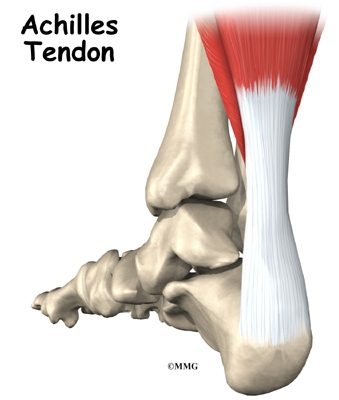 Few people with diabetes know about the limb-threatening foot condition, or its warning signs
Few people with diabetes know about the limb-threatening foot condition, or its warning signsAs diabetes rates soar nationwide, a rare diabetic foot complication is becoming more prevelant. This condition is called Charcot foot (pronounced SHAR-co). This condition involves a sudden softening of the foot’s bones which can trigger an avalanche of problems, including joint loss, fractures, collapse of the arch, massive deformity, ulcers, amputation and even death.
As the foot’s structure collapses, the bottom of the foot can become convex, bulging like the hull of a ship. But diabeteic patients frequently do not feel any pain because they have severe nerve damage in their lower extremities and do not feel these changes occurring.
Every person with diabetes should know the Charcot foot warning signs: A red, hot, swollen foot or ankle. Several other dangerous conditions, such as deep vein thrombosis and acute infections, share these symptoms. A red, hot, swollen foot or ankle requires emergency medical care.
The American College of Foot and Ankle Surgeons (ACFAS) estimates less than one percent of people with diabetes develop Charcot foot. But nationwide, the College’s 6,000 members say they’re noticing more Charcot cases as more Americans develop diabetes.
Charcot cannot be reversed, but its destructive effects can be stopped if the condition is detected early. People with diabetes play a vital role in preventing Charcot foot and its complications. Diabetes patients should keep blood sugar levels under control. This has been shown to reduce the progression of nerve damage in the feet. People with diabetes should also inspect both of their feet every day, and get regular check-ups from a foot and ankle surgeon.
For more information on Charcot foot and other diabetic foot conditions, visit the ACFAS consumer Web site, FootHealthFacts.org or contact my office at 440-946-5858.

